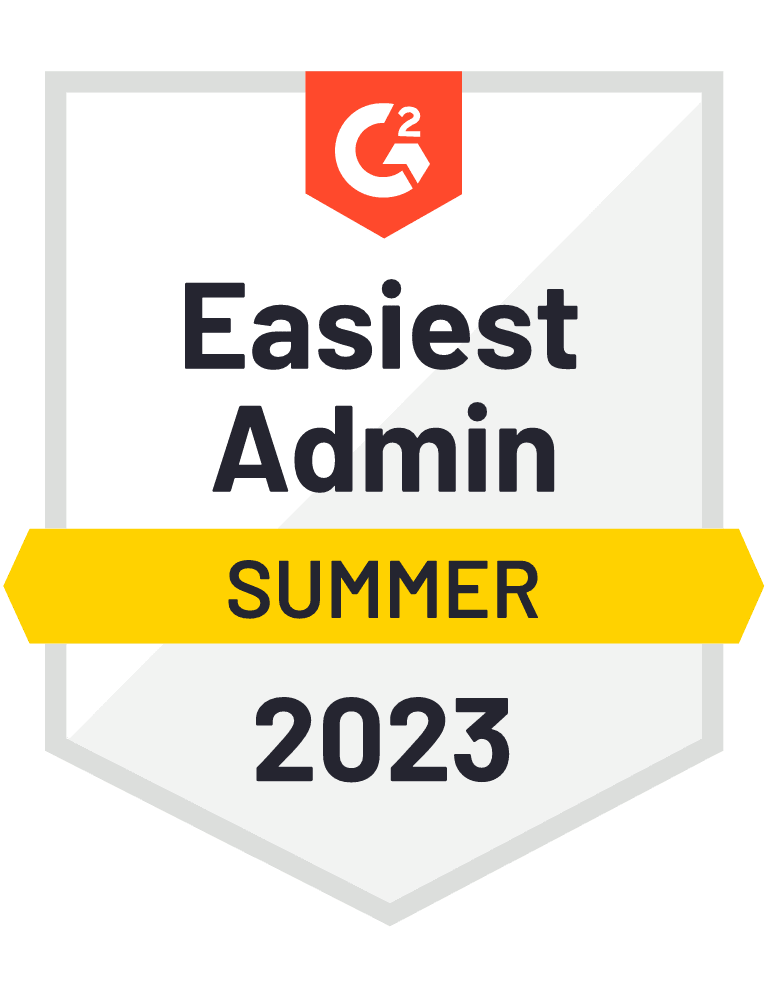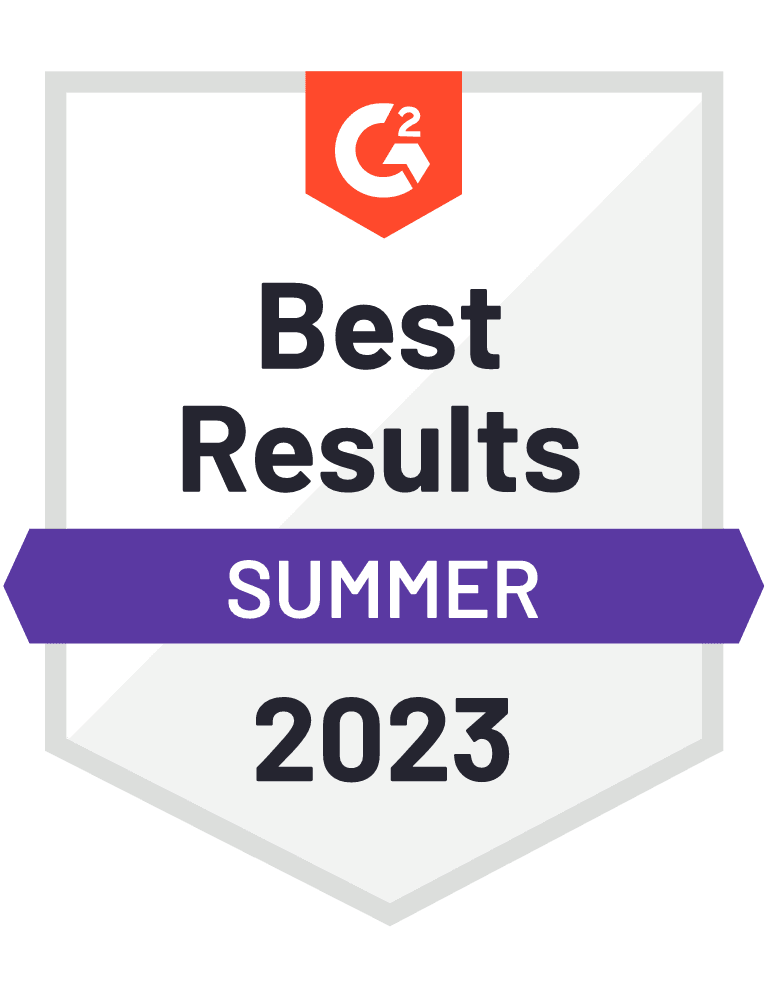Call Center Benchmarking:
10 Key Metrics & Industry Standards

There are over 33 million businesses in the US alone. In 2024’s competitive market, being “good” is no longer good enough. And that’s why call center benchmarking is vital.
Today, we’ll help you optimize all of your call center’s operations to maximize customer satisfaction, employee productivity, revenue generation, and more. Discover the 10 key metrics to track, call center industry standards to follow, and best practices to implement.
Key Takeaways:
- Call center benchmarking helps with improving performance insights, optimization efforts, goal-setting, decision-making, and competitive viability.
- You can leverage either competitive benchmarking to outperform market rivals or performance benchmarking to maintain market position.
- To make the most of your call center benchmarking data, you need to choose the right KPIs and tools, keep an eye on industry trends and set realistic goals.
What Is Call Center Benchmarking?
Call center benchmarking is the strategic process of evaluating call center performance metrics by tracking internal performance and comparing key metrics against average industry standards or specific market-leading competitors.
This contact center performance management strategy can be used for essentially every aspect of your call center. As such, it can be a tool for general improvement but also focused optimization of underperforming processes.
Why Is Call Center Benchmarking Important?
Although the value of a call center benchmarking report may be difficult to express in a simple statistic, its benefits shouldn’t be underestimated. Here are just a few of the key advantages you can look forward to after implementation.
- Accurate Performance Insights:
Benchmarking provides a standardized framework for evaluating the contact center performance, enabling organizations to identify strengths and weaknesses compared to industry standards or competitors. - Actionable Optimization Opportunities:
By comparing performance metrics with industry benchmarks or top performers, call centers can pinpoint areas where they underperform and prioritize improvement efforts. - Realistic Goal-Setting:
Benchmarking helps call centers set realistic performance goals based on industry standards or call center best practices for benchmarking, facilitating goal alignment and driving continuous improvement initiatives. - Enhanced Data-Driven Decision-Making:
Data-driven insights from benchmarking enable informed decision-making, allowing call center managers to allocate resources effectively, implement targeted strategies, and optimize processes to achieve better outcomes. - Enhanced Competitive Advantage:
Leveraging benchmarking data to improve operational efficiency, customer satisfaction, and cost-effectiveness can help call centers gain a competitive edge in the market and enhance overall business performance.
Types of Call Center Benchmarking
Call center benchmarking can be generally broken down into two types based on the subject you compare your performance against. Each has its advantages and best use cases, so let’s go over them quickly.
1. Competitive Benchmarking:
Focuses on a single target (i.e., direct competitor), seeking to match, or ideally outperform it in a given aspect.
Benefits:
- Improving problematic business areas
- Improving competitive viability
- Winning deals
- Growing market share
Use Case:
Imagine you receive negative feedback regarding your customer service from a customer leaving for a competitor. After analyzing both your and the other company’s review portals, you discover this is a common theme.
To address this issue, you evaluate metrics related to your customer service, such as wait times, first-call resolutions, and customer satisfaction.
After measuring your current performance, you set long-term KPIs (Key Performance Indicators) to drive continuous improvement via targeted effort, employee training, call-flow optimization, etc.
2. Process Benchmarking:
Focuses on overall call center operations, seeking areas for improvement by measuring current performance statistics and contrasting them against industry standards to ensure no aspect of the call center underperforms.
Benefits:
- In-depth insights into current performance
- Actionable optimization opportunities
- Maintained market position.
Use Case:
Imagine you deploy a call center benchmarking tool. After some time, you discover your outbound conversions are far below the industry standard, while you seem to be outperforming the rest of the market in inbound leads.
Based on this information, you can make the informed decision to reallocate some resources from inbound to outbound, maintaining performance in the former while boosting the efficiency of the latter.
You invest the additional finances into employee training and smart dialer and use the extra available hours to optimize cold-calling scripts.
10 Essential Call Center Metrics for Benchmarking
Call tracking metrics are the cornerstone of the benchmarking and optimization process as a whole. And while they’re case-sensitive based on what you’re trying to achieve, there are 10 metrics every call center should keep a close eye on.
1. Conversion Rate: The percentage of outbound calls that result in a desired outcome, such as a sale, appointment booking, or lead generation. It measures the effectiveness of outbound sales efforts in converting prospects into customers or qualified leads.
Global Benchmark: 2.35%
2. Average Call Duration: The average length of time spent on outbound sales calls. This metric provides insights into the efficiency of sales conversations and helps identify opportunities to streamline interactions and improve productivity.
Global Benchmark: 5 minutes and 2 seconds (302 seconds).
3. Lead Response Time: The time elapsed between receiving a lead and making the first outbound sales call. Rapid response times are crucial for engaging prospects while their interest is high and increasing the likelihood of conversion.
Global Benchmark:Vary between industries.
- Healthcare: 2 hours and 5 minutes.
- Telecommunications: 16 minutes.
- Small Business: 48 minutes
- Mid-Size Business: 1 hour and 38 minutes.
- Enterprise: 1 hour and 28 minutes.
4. Dialing Efficiency: The ratio of successful connections to attempted outbound calls, often expressed as a percentage. Dialing efficiency measures the effectiveness of reaching prospects and helps optimize calling strategies to maximize contact rates and sales opportunities.
Global Benchmark: 80% in 20 seconds.
5. Pipeline Velocity: The rate at which prospects move through the sales pipeline from initial contact to conversion. Outbound sales activities influence pipeline velocity and provide insights into the effectiveness of sales processes and the overall health of the sales funnel.
Global Benchmark: Varies wildly. Calculate yours.
6. Average Speed of Answer (ASA): The average time it takes for incoming calls to be answered by a support agent. ASA is a measure of call center responsiveness and customer wait times.
Global Benchmark: 34.4 seconds.
7. First Call Resolution (FCR): The percentage of incoming calls resolved during the first interaction with a support agent without the need for escalation or follow-up. FCR is an indicator of customer satisfaction and operational efficiency.
Global Benchmark: 70% – 75%
8. Average Handling Time (AHT): The average duration of incoming calls, from when they are answered by a support agent to when they are completed. AHT measures the efficiency of support interactions and helps identify opportunities for streamlining processes.
Global Benchmark: 6 minutes.
9. Call Abandonment Rate: The percentage of incoming calls customers abandon while waiting to speak with a support agent. A high abandonment rate may indicate long wait times or inadequate staffing levels.
Global Benchmark: 5% – 8%
10. Customer Satisfaction Score (CSAT): A metric used to measure customer satisfaction with the support experience, typically collected through post-call surveys or feedback mechanisms. CSAT scores provide insights into the quality of support interactions and overall service delivery.
Global Benchmark: 75% – 80%
The 5 Expert Steps To Start Tracking Your Metrics
It’s easy to feel overwhelmed by just the concept of benchmarking. However, it’s actually quite easy! Here are the 5 steps you need to take to get started.
- Define Key Performance Indicators (KPIs):
Begin by identifying the specific metrics that are most relevant to your call center’s goals and objectives.
These could include metrics such as average handling time, first call resolution rate, customer satisfaction score, and service level agreements.
Ensure that your chosen KPIs align with your organization’s strategic priorities and are measurable and actionable. - Choose The Right Tools For The Job:
Invest in call center tracking software or tools that allow you to accurately collect, analyze, and monitor your chosen KPIs.
Look for features such as real-time reporting, customizable dashboards, and integration capabilities with other systems like CRM software.
Choosing the right tools will streamline the tracking process and provide you with actionable insights to drive performance improvements. - Establish Baseline Metrics:
Before implementing any changes or improvements, establish baseline metrics for each KPI to understand your current performance levels.
This will serve as a reference point for measuring progress and evaluating the effectiveness of any initiatives or strategies implemented in the future.
Analyze historical data to identify trends and patterns that can inform your baseline metrics. - Set Target Goals & Benchmarks:
Based on industry standards, best practices, and your organization’s objectives, establish target goals and benchmarks for each KPI.
These goals should be realistic, measurable, and time-bound, providing clear direction for your call center team to strive towards.
Regularly review and adjust these goals as needed to reflect changes in business priorities or market conditions. - Implement Ongoing Monitoring & Analysis
Continuously monitor and analyze your call center metrics to track performance trends, identify areas for improvement, and measure progress toward your goals.
Utilize your tracking tools to generate regular reports and insights. Involve key stakeholders in reviewing and interpreting the data.
Use this information to make data-driven decisions, implement corrective actions, and drive continuous performance improvement within your call center.
Discover the best call center providers to match your process optimization.
The 4 Key Call Center Tools To Boost Benchmarking
In today’s digital age, there’s no need to do everything manually. Modern call center software offers many useful features to make optimization (and your life) easier. Below, you’ll find the 4 features you should definitely consider implementing.
#1 Call Center Analytics
Overview:
Centralize all your team’s data and access everything you need to know regarding your agent’s performance or call statistics to make predictions and optimize your strategy.
Go as deep as you like. Track every step of every inbound or outbound Call. Use that information to expertly evaluate the performance of individual agents and departments alike.
Best for:
Inbound & Outbound Operations
Benefits:
- Complex Understanding of Call Center Performance
- In-depth Analysis of Departments & Agents
- Strategic Targeted Coaching
- Data-Based Decision-Making
Solution
Price ($ per user/month)
CloudTalk
$30
Aircall
$50
Justcall
$49
RingCentral
$35
#2 Analytics Dashboards
Overview:
Monitor everything happening in your teams in real time, from active calls, queues, caller identity, and agent availability. View reports in hourly increments or for the whole day at a glance.
Allow representatives to create custom statuses to maintain a clear view of everyone and everything. Identify bottlenecks, divide tasks evenly, and solve crises as they happen.
Best for:
Inbound & Outbound Operations
Benefits:
- Access to Real-Time Information
- Customizable Time Frame
- Actionable Problem Solving
- Custom Agent Statuses
Solution
Price ($ per user/month)
CloudTalk
$30
#3 Call Monitoring
Overview:
Let managers and experienced agents join support and sales calls to provide assistance, evaluate agent performance, or assess the effectiveness of call scripts.
Choose your preferred amount of visibility to either barge calls directly and take part in 3-way calls, whisper in your agent’s ear without the customer knowing, or just be a fly on the wall with call listening.
Best for:
Inbound & Outbound Operations
Benefits:
- Selectable Visibility
- Simple Problem-Solving
- Improved Customer Experience
- Better Agent Coaching & Onboarding
#4 Wallboard
Overview
Gamify daily operations and drive initiatives by streaming real-time datafrom your analytics directly to agent’s dashboards or call center LCD screens, including current metrics, agent rankings, and more.
Best for:
Inbound & Outbound Operations
Benefits:
- Live Analytics Feed
- Customizable Time Frame
- Higher Employee Engagement
- Better Agent Motivation
Solution
Price ($ per user/month)
CloudTalk
$50
Looking Ahead: The Future of Call Benchmarking
In an ideal world, the future of call tracking would be one where most work takes care of itself. Well, good news! You’re living in such a world.
Thanks to the recent advancements in AI and machine learning, most software solutions can already provide accurate insights into your company’s performance, and they’re just going to keep improving.
Experts anticipate that in the near future, you’ll be able to automate data tracking, synchronization, and interpretation. Sophisticated tools should be able to propose actionable next-step recommendations based on your calling metrics and company objectives.
Or you can just leave it to CloudTalk.
FAQs:
What are call center metrics?
Call center metrics are quantifiable measures used to evaluate the performance and effectiveness of call center operations. These metrics help organizations assess various aspects of their customer service performance, including efficiency, productivity, quality, and customer satisfaction. Common call center metrics include average handling time (AHT), first call resolution (FCR) rate, service level agreements (SLAs), customer satisfaction scores (CSAT), and abandonment rate.
How to improve call center metrics?
Improving call center metrics involves implementing strategies and initiatives aimed at enhancing performance across key areas. Some effective approaches to improving call center metrics include:
– Implementing workforce management tools to optimize scheduling and staffing levels.
– Providing comprehensive training and coaching programs to improve agent skills and knowledge.
– Streamlining processes and reducing unnecessary steps to decrease average handling time.
– Enhancing technology infrastructure to improve system reliability and minimize downtime.
– Implementing customer feedback mechanisms to identify areas for improvement and enhance satisfaction.
– Establishing clear performance goals and providing incentives to motivate agents.
– Regularly monitoring and analyzing metrics to identify trends and areas for improvement.
What is KPI in call center?
KPI stands for Key Performance Indicator, which is a measurable value used to evaluate the success of an organization or specific activity in achieving its objectives. In a call center context, KPIs are metrics used to assess the performance and effectiveness of call center operations.
These metrics typically reflect critical aspects of call center performance, such as agent productivity, customer satisfaction, service quality, and operational efficiency. Common call center KPIs include metrics like average handling time, first call resolution rate, customer satisfaction scores, and service level agreements.
How often should call center forecasting be performed?
Call center forecasting should be performed regularly to ensure accurate workforce planning and resource allocation. The frequency of forecasting depends on various factors, including the call volume patterns, seasonality, and business dynamics.
In general, call center forecasting is typically conducted on a daily, weekly, monthly, or quarterly basis. Short-term forecasting may focus on daily or weekly call volume predictions to optimize staffing levels and scheduling, while long-term forecasting may involve quarterly or annual projections to support strategic planning and resource allocation decisions.
Regularly updating and refining forecasting models based on historical data and current trends is essential to ensure accuracy and effectiveness in workforce management.
What are the potential drawbacks of inaccurate forecasting?
Inaccurate forecasting in call centers can lead to several potential drawbacks and challenges, including:
– Understaffing or Overstaffing: Inaccurate forecasting may result in understaffing during peak call volumes, leading to long wait times, increased abandon rates, and decreased customer satisfaction. Conversely, overstaffing during low call volumes can lead to idle agents and unnecessary labor costs.
– Inefficient Resource Allocation: Inaccurate forecasting may result in inefficient resource allocation, with resources allocated to the wrong channels or tasks. This can lead to suboptimal performance and productivity across the call center.
– Missed Service Level Agreements (SLAs): Inaccurate forecasting may result in missed SLAs, as call centers may not have adequate staffing or resources to meet service level targets during peak periods.
– Higher Operating Costs: Inaccurate forecasting can lead to higher operating costs due to inefficiencies in workforce management, increased overtime expenses, and potential penalties for failing to meet contractual obligations.
– Decreased Employee Morale: Inaccurate forecasting can negatively impact employee morale and job satisfaction, as agents may feel overwhelmed during peak periods or bored during slow periods, leading to burnout and turnover.
Can forecasting help with outbound call centers as well?
Yes, forecasting can help outbound call centers by predicting call volumes, campaign performance, and resource requirements to optimize operations and maximize results.
In outbound call centers, forecasting can involve predicting the number of outbound calls needed to achieve sales targets, identifying the best times to contact prospects for maximum effectiveness, and allocating resources effectively to meet campaign goals.
By accurately forecasting call volumes and campaign performance, outbound call centers can optimize staffing levels, improve productivity, and enhance campaign ROI.
Additionally, forecasting can help outbound call centers anticipate demand fluctuations, adjust staffing levels accordingly, and maintain consistent service levels to achieve desired outcomes.




















